- 한국어
- English
- 日本語
- 中文
- العربية
- Español
- Français
- Deutsch
- Pусский
- Tiếng Việt
- Indonesian
Administered by the Korean Ministry of Culture, Sports and Tourism (MCST), the international event brings together a total of 43 major arts spaces from 30 Asian countries encompassing those from the northeast and southeast through to central and west.
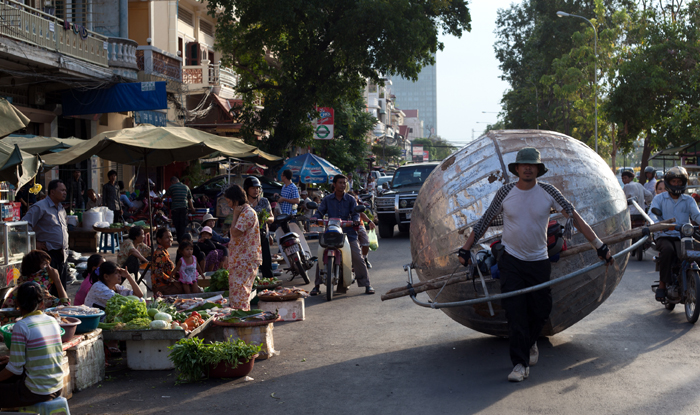
The “Asian Arts Space Network” project, underway at the Gwangju Museum of Art in Gwangju, exhibits works created by prominent Asian artists, including the creation “Mon Boulet” by Cambodian artist Svay Sareth. (photo courtesy of the Gwangju Museum of Art)
Throughout the program, the spaces where a selected group of Asian artists created their own artworks are brought to life and a variety of projects are offered to examine the way culture & art organizations across the continent are being operated. Meanwhile, the program boosts cooperation and exchanges of artistic content between the bodies.
On August 21, an event under the theme “Harmonious Democracy and Public Roles of Art in the 21st Century," offered lectures, both visual and on-the-spot, featuring the world’s most lauded experts. These included Professor Noam Chomsky of the Massachusetts Institute of Technology (MIT), Chief Curator Bernhard Serexhe of the German-based Center for Art and Media Karlsruhe and Professor Patrick D. Flores of the University of the Philippines.
They discussed where art is situated and what it serves as in this diversifying society, as well as what kinds of roles the countries should take together to further develop arts.
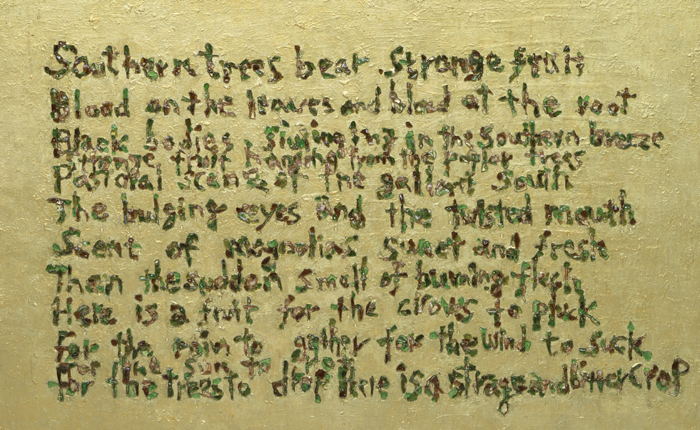
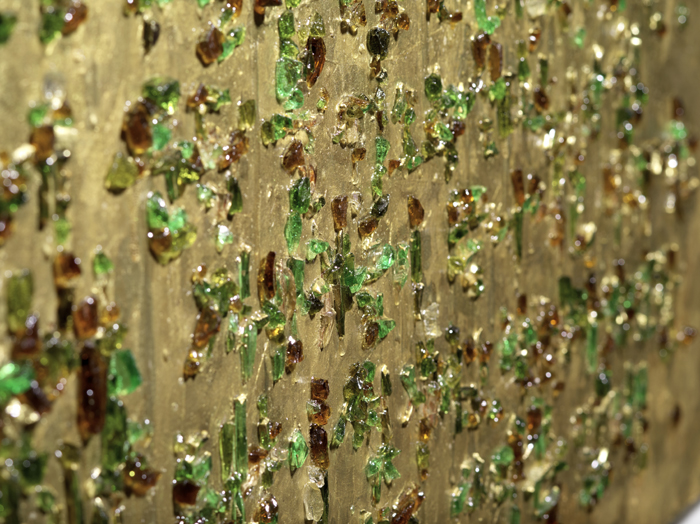
Korean installation artist Bae Yeoung-hwan’s “Strange Fruits” is on display at the Gwangju Museum of Art, as part of the ongoing “Asian Arts Space Network” project. (photo courtesy of the Gwangju Museum of Art)
The “Mirror and Monitor of Democracy in Asia” exhibition that runs from August 22 until September 28 will welcome visitors, with works of art by 27 artists from 17 Asian countries on exhibit.
The participating artists, all of different historical backgrounds, look at the concept of democracy and arts and express their varying interpretations via creative artistic forms.
The exhibit has been curated from the planning stage all the way through to arrangement and installation by about 20 specialists including Wang Chunchen, Head of the CAFA Art Museum at the Central Academy of Fine Arts China, Gridtyiya Gaweewong, Director of the Bangkok-based Jim Thompson Art Center and Chief Wu Darkuen of the Kuandu Museum of Fine Arts in Taiwan.
The artworks featured at the exhibition include those by Korea’s renowned installation artist Bae Yeong-hwan, Chinese artist He Yunchang, who is well-known for the way he interprets political and social issues through shocking performances and Yao Juichung, one of the most famous artists in Taiwan whose works in the forms of installation, photography, performance, video and sculpture, deal with the historical events of his homeland.

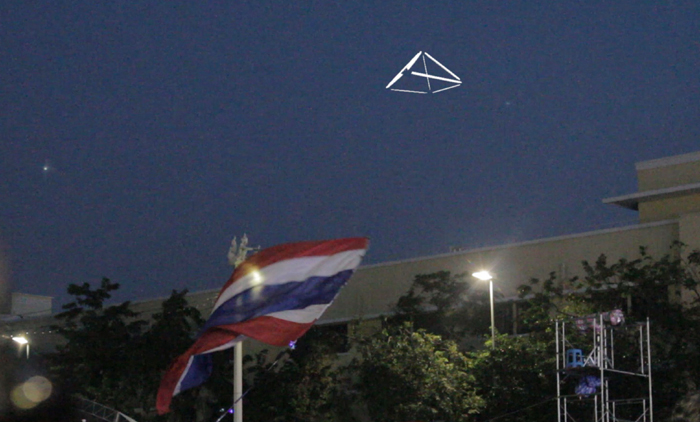
The “Mirror and Monitor of Democracy in Asia” exhibition, part of the ongoing “Asian Arts Space Network” project at the Gwangju Museum of Art, spotlights the video work “Myth of Modernity” by Chulayarnnon Siriphol from Thailand. (photo courtesy of the Gwangju Museum of Art)
“A variety of programs offered throughout the AASN project will help to build democratic and horizontal networks and cooperation between Asian countries,” said an official who had a part in organizing the project.
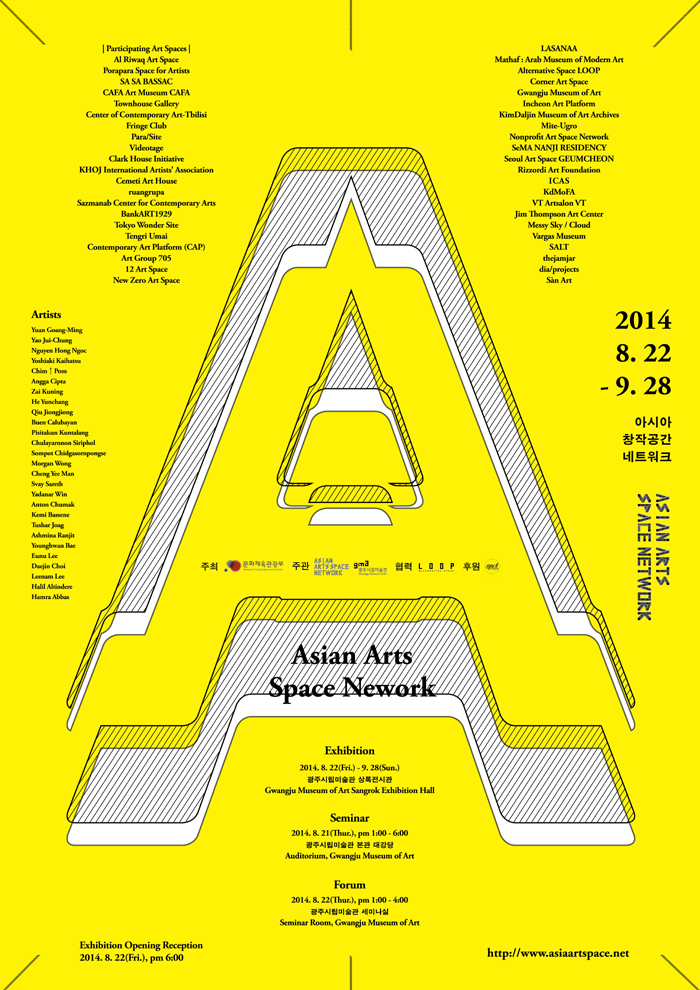
The official poster for the “Asian Arts Space Network” project that runs until September 28 at the Gwangju Museum of Art in Gwangju. (photo courtesy of the Gwangju Museum of Art)
By Sohn JiAe
Korea.net Staff Writer
jiae5853@korea.kr